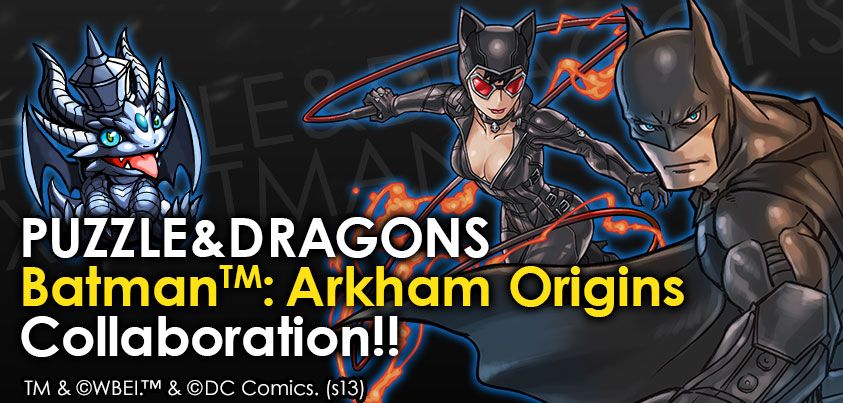Ah, the good old days when Facebook wasn’t exactly considered paid media and brands spent some pretty money building up massive follower counts that they didn’t need to pay to reach. But that’s all over now, isn’t it Not quite.
A few weeks ago, Facebook had launched a dedicated app to their popular Groups feature. It’s seriously slick and easy to post and reply on which you can check out in its full glory here. So now that Facebook Groups are easier to access on mobile and there are all kinds of fun communities in which to participate, why aren’t more brands using them
But before you do, take heed: “The way that brands communicate in groups should be intimate, privileged and enforce that the people who join are a cut above and are really special,” says Ayzenberg‘s Associate Director of Social Strategy, Ian Tornay. “It should be very personal– probably not coming from ‘the brand’ but from a representative and actual person.”
Here are the 5 biggest reasons why brands need to be using Facebook Groups:
- It essentially gives you free reach on Facebook. Break away from that Newsfeed-mindedness and lurk in a Facebook Group for a few days. You will notice something: You don’t need to pay to be seen. Posts go up in Groups in chronological order (quite old school, we know) and move to the top of the Groups feed when there is a new comment on a post. You can pin posts to the top of a group to ensure they are seen first. Group members can also participate in chats, collaborate on Group documents and invite to special Group events. Group members are also notified of updates within the Group. Read up on the difference between Pages and Groups here.
- Brands can be part of the conversation in hyper-engaged niche communities. The types of Facebook Groups out there can range from the mundane to super fun (and maybe strange) and all kinds of sizes. Your brand might already have a Facebook Group set up by brand advocates already like this Call of Duty Group which boasts over 10k community members in Mexico alone.
- Brands can create and curate their own hyper-engaged niche communities. With Facebook Groups, adding new members much easier to do. The function of Groups also shows a stronger bond to a brand than just liking a brand’s page. Make it fun.
- Facebook Groups will give your brand’s biggest advocates the feeling you are communicating more directly with them. Because being a part of a Group is a stronger bond on Facebook than liking a Page, a Group basically attracts your biggest brand advocates. These are the people most willing to create awesome UGC, to want to know everything about the next product and would appreciate knowing what’s happening behind the scenes.
- Fun content only. Be aware that Facebook Groups are a different kind of breeding ground for content. You’re likely to encounter some off-the-wall stuff, but don’t be afraid to engage on a level with the community. The kind of brand relationships that millennials want is changing. They don’t want to be spoken to, but with. Groups level out the relationship more than a Page does where the focus is on the Page to dispense the content rather than enlivening existing conversations.
So, get in on the conversation!

